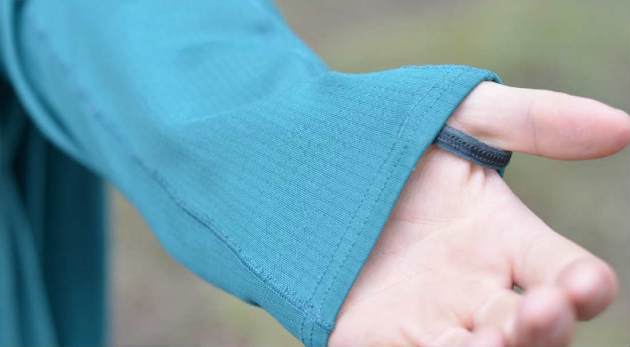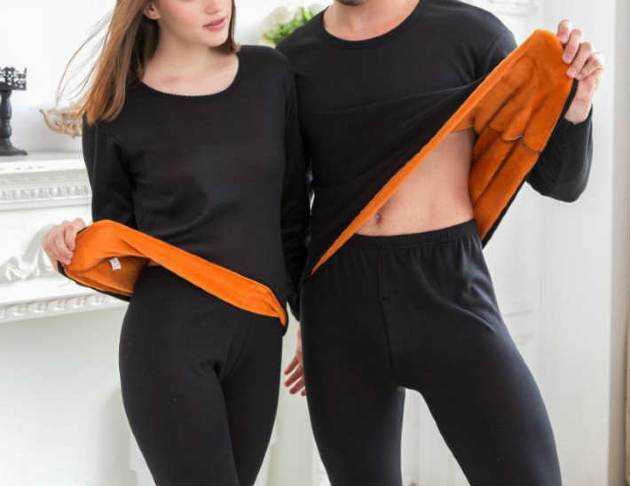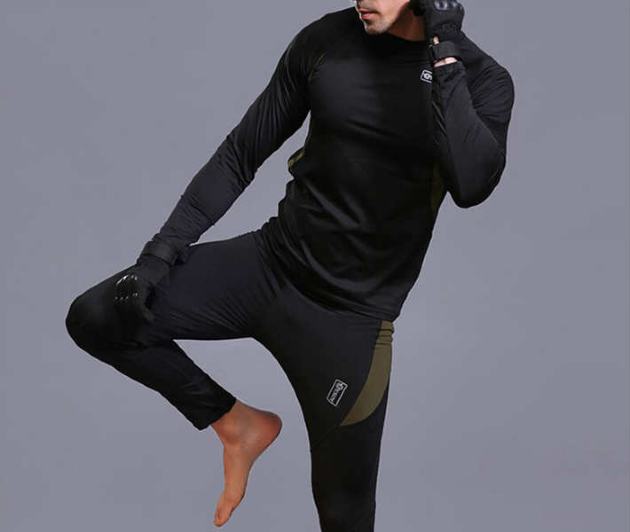Thermal Wear Buying Guide: Stay Warm & Dry While Enjoying the Cold Weather Outside
When planning your outdoor activities during winter, make sure to have the proper clothing for the possible weather changes. Thermal clothing has been hailed as one of the most incredible types of winter clothing for active people because it allows you to enjoy the outdoors more freely.
Every winter sports lover knows that the worst feeling in cold winter is the clammy, chilly sweat when you wear the wrong garments. On the other hand, you can layer all the warm woollens you want, but if you choose the wrong base layer, you’ll be dripping wet or shivering with cold long before you’re ready to go inside.
Since not all thermals on the market are created equal, buy polypropylene thermal wear and reap its warming benefits.

source: outdoors.com
What Is Thermal Clothing?
Thermal clothing helps you keep a comfortable body temperature, especially when it’s chilly outside. These garments’ primary purpose is to trap the user’s natural body heat while allowing moisture (sweat) to escape readily. Wear these thermals with coats and winter accessories, depending on your level of heat resistance.
How Does Thermal Underwear Work?
Thermal underwear uses your body heat to keep you warm. This is why a loose-fitting garment feels cooler than a tight-fitting garment. The snugness of thermal underwear is critical for this convection process. Consider a piece of foil placed securely over a dish of hot food: rather than the food cooling quickly from the air, the foil assists the heat to stay trapped, keeping the meal warm.
The Difference Between Base Layer and Thermal Wear
Although it may seem that thermal clothing and base layers are the same and can be used interchangeably, they cannot be classified as one thing, however.
Thermals and other base layers are made of different materials, affecting how and when you wear them. Thermals can function as base layers that often prioritize warmth over sweat-wicking. As a result, many people opt for thermals to stay warm rather than sweat.
You’ll want to strive for different types of base layers in scenarios where you know you’ll be sweating a lot, such as trekking, backpacking, or even putting up a campsite. Specifically, those concentrating on wicking moisture away can help you stay more comfortable in more physically demanding situations.

source: outdoorsreview.com
Materials Worth Considering
Polypropylene fabric is a nonwoven textile, which means it is created directly from material rather than being spun or woven. The fundamental advantage of polypropylene as a fabric is its ability to transport moisture; this textile cannot absorb any moisture and instead allows moisture to pass entirely through it.
Polypropylene is our favourite material for travel clothing because the emitted moisture evaporates faster than moisture emitted while wearing a moisture-retaining garment.
Wool thermal underwear is the most common alternative on the market nowadays. Always opt for high-quality wool instead of a low-quality one because although it can work technically well, it can itch. High-quality merino wool, for example, does not itch and has fantastic thermal properties. Moreover, it will keep you warm and dry because of its absorbing properties, up to 30% of its water weight.
Synthetic thermal underwear is made out of a combination of man-made materials designed to be durable and moisture-wicking. A synthetic will often have a blend of nylon or polyester and elastane, but each brand customizes its blend. Some producers even mix wool with synthetic fibres to create a natural and synthetic fibres mixture.
Silk thermal underwear is exactly as it sounds: smooth, extremely comfortable against the skin, and has an excellent base layer. The only problem is that “silk” and “thermal” do not always go together. Most silk thermal underwear requires rather tight and heavy silk knit to give the warmth you may desire. It can be quite effective once you achieve that knit, but getting that production level can be pricey and result in an expensive product.
Cotton thermal underwear is widely accessible at almost any retail outlet, and it is usually inexpensive. The issue is that it does not perform well as an insulator when wet. Cotton’s thermal properties are questioned as soon as you exert yourself and start sweating.

source: sportswear.com
Essential Thermal Items for Cold Weather
A thermal hat is a piece of essential equipment during winter because you need to protect your head every time you plan some outdoor activities. Cold breezes hitting your face can cause headaches. Since the winter season prevents garments from drying, you won’t be able to wash one hat and put it on the following day, so you should purchase at least two pairs of thermal hats.
Like the thermal hat, you should also get a high-quality thermal top. There are thermal tops for men, women and toddlers. Moreover, you can choose between the full and half sleeves, depending on your preference. You should pair your favourite thermal top with matching bottoms. Make sure that the elastic quality is dependable. Depending on your needs, you can choose to wear the entire set or just the top.
When to Wear Thermals?
In cases when the temperature is lower than 18 degrees Celsius, you can wear the thermals under your daily outfit. Before going to bed at night, you should also check the indoor temperature. If the temperature drops below 18 degrees Celsius, you should sleep in your thermal underwear.
Assume the temperature outdoors is below 18 degrees Celsius. Wear your thermals if you plan to be outside for more than 10 minutes. However, remove your thermal underwear if you are itchy, hot, or sweaty.
Should Thermals Be Tight or Loose?
Some people prefer their thermals tight, while others prefer them loose. Although comfort is essential, keep in mind that thermal underwear acts as a second layer of skin, so it will not perform as intended when loose. If your thermal tops are loose around the waist, neckline, or wrists, chilly air will be able to penetrate those places.